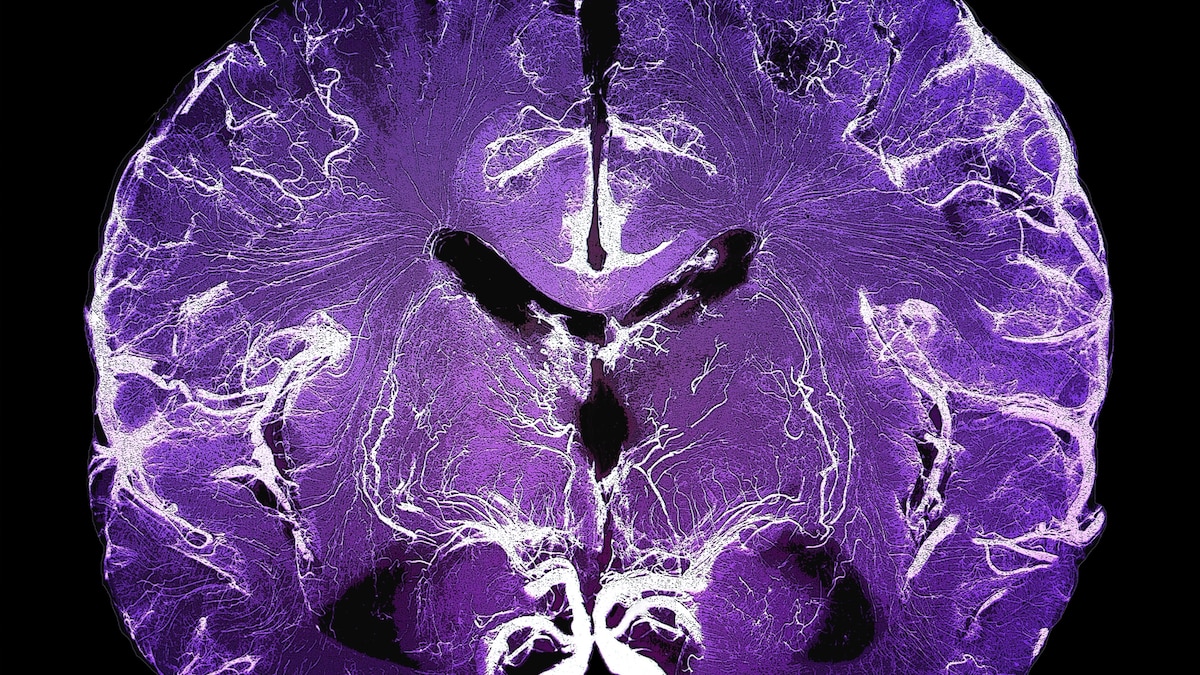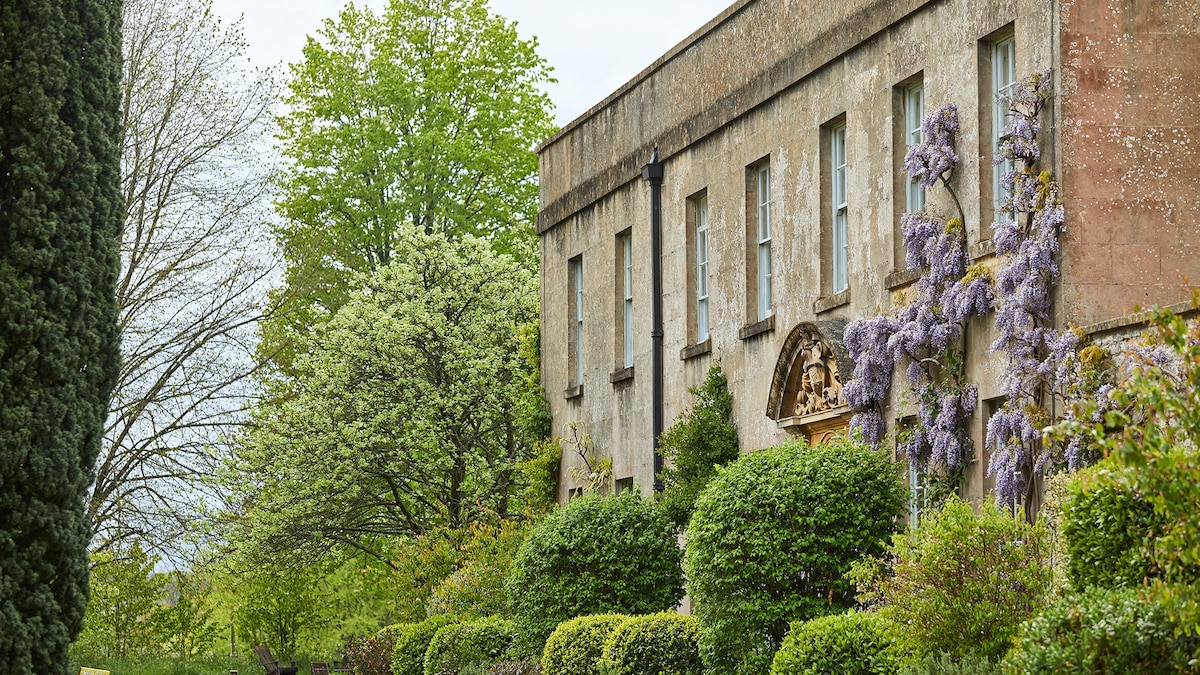Now Reading: Unpacking the Science Behind Brain Degeneration
-
01
Unpacking the Science Behind Brain Degeneration
Unpacking the Science Behind Brain Degeneration

Quick Summary
- Oxford University Press Word of the Year 2024: The term “brain rot” dubbed word of the year; explores mental decline attributed to excessive digital content consumption.
- Decomposition Science: Brain decay begins post-death with autolysis, enzymes breaking down cells quickly due to high metabolic activity.It can liquify within days.
- Factors Influencing Decay: Environment impacts decay speed-warm climates accelerate it, while colder regions preserve brains like refrigeration. Burial practices and settings also affect preservation odds.
- Preserved Brains Found Globally:
– Over 4,000 specimens across history have been found, preserved due to unique conditions like peat bogs or oxygen-poor waterlogged environments.
– Some reveal clues about ancient lifestyles or diseases; such as,syphilis evidence in a 19th-century specimen was discovered.
- Preservation Challenges:
– Researchers struggle to understand why certain brains resist liquefaction against general biological trends.
!atthebrainbank.jpg”>Medical repositories storing preserved brain tissue
Photograph by Volker Steger,Science Photo Library
Indian Opinion Analysis
The scientific exploration into brain decomposition and its occasional long-term preservation holds both academic and broader societal relevance for India. As India grapples with increasing exposure to digital culture (potentially exacerbating concerns around mental health linked to “brain rot”), these studies underline an urgent need for balanced use of technology with mindfulness about its effects on well-being.
Moreover, findings on preserved brains offer compelling implications for Indian archaeology given its rich burial heritage (riverside cremations vs land burials). Preserved tissues could unlock data that shed light on past health trends or societal habits in ancient populations – moving excavation practices towards safeguarding delicate but valuable organic remains rather than accidental destruction. This research may inspire interdisciplinary collaborations between archaeologists and neuroscientists locally.
Such pursuits resonate especially in India’s context where holistic wellness through Ayurvedic approaches already values mind-body equilibrium historically-scientific advancements could synergize conventional perspectives further emphasizing public awareness handling social stress conditions equitably supportive future directions globally connecting artifacts-research seamlessly!!
[Neutral interpretation strictly avoids judgments beyond sourced text]

























